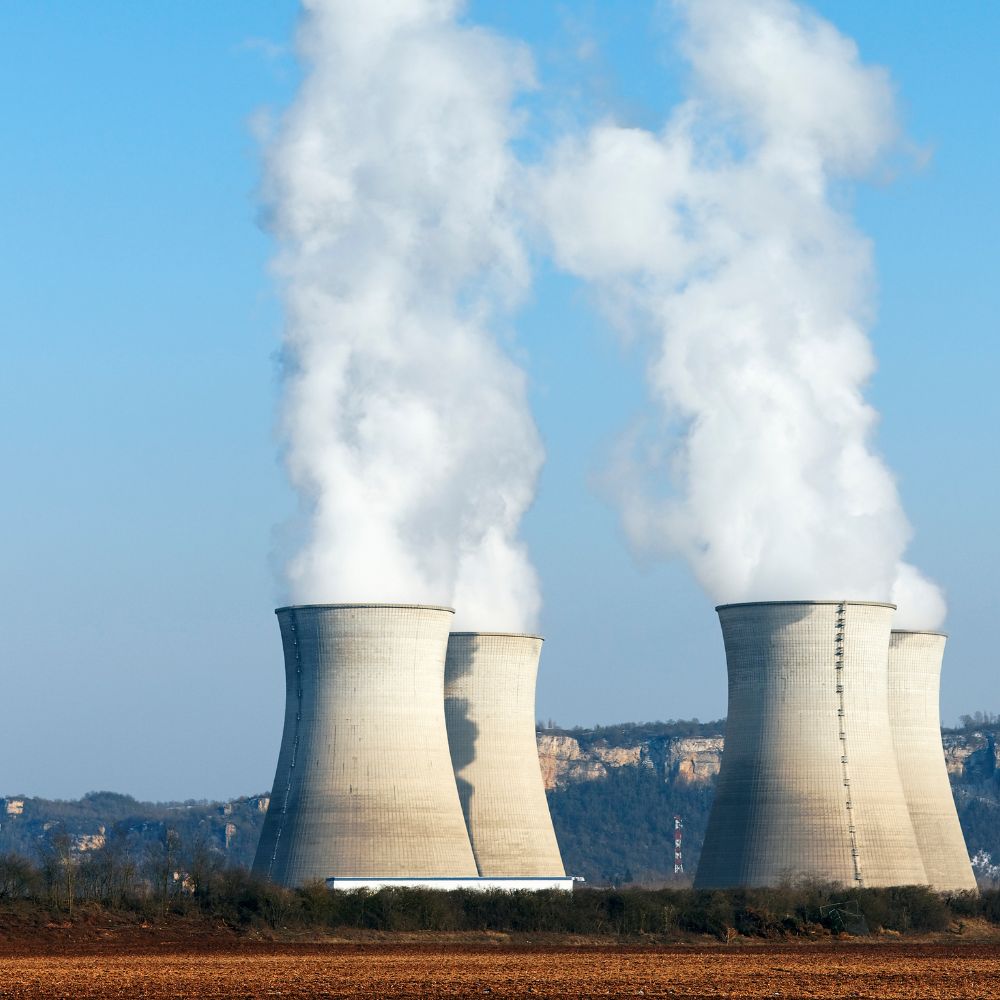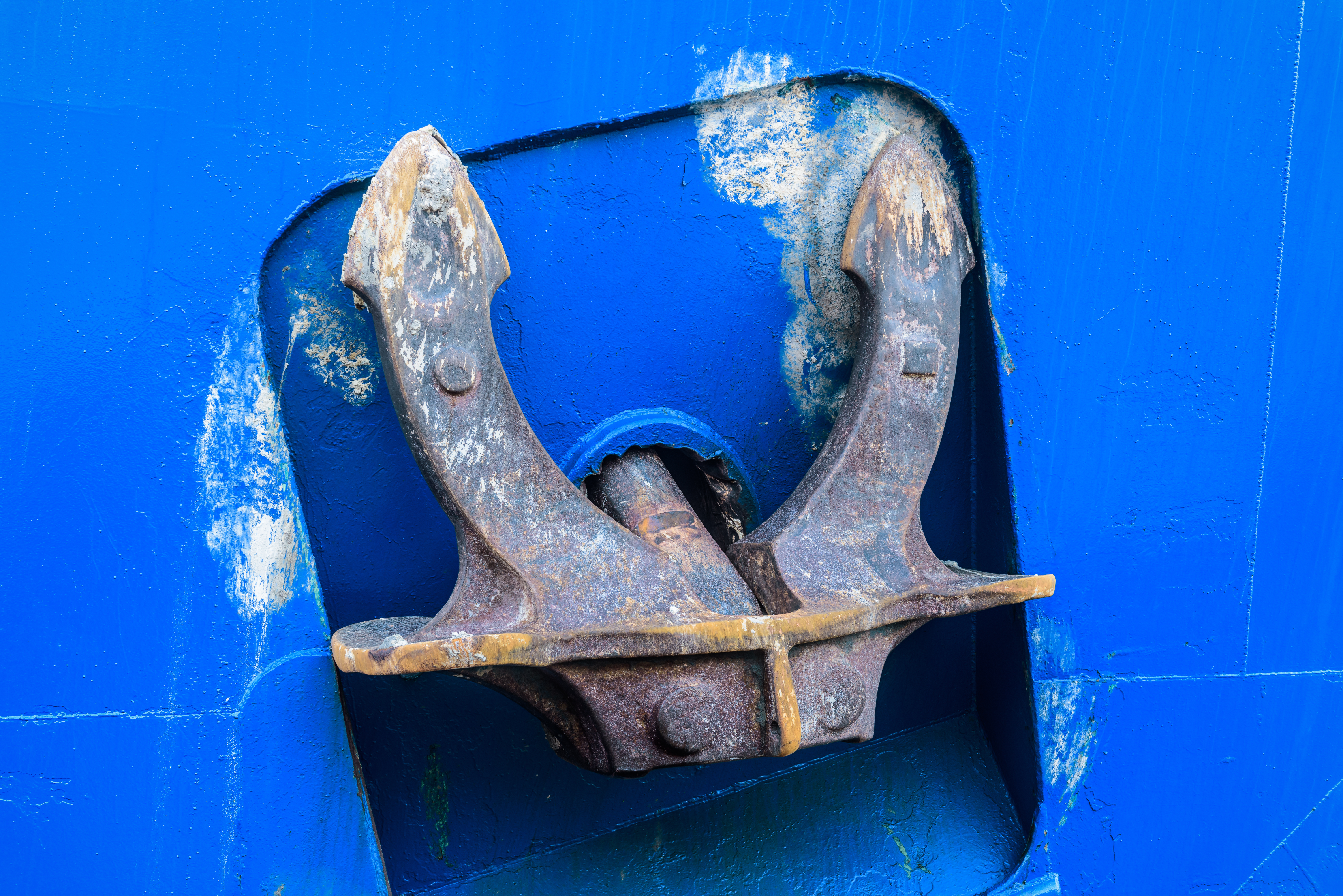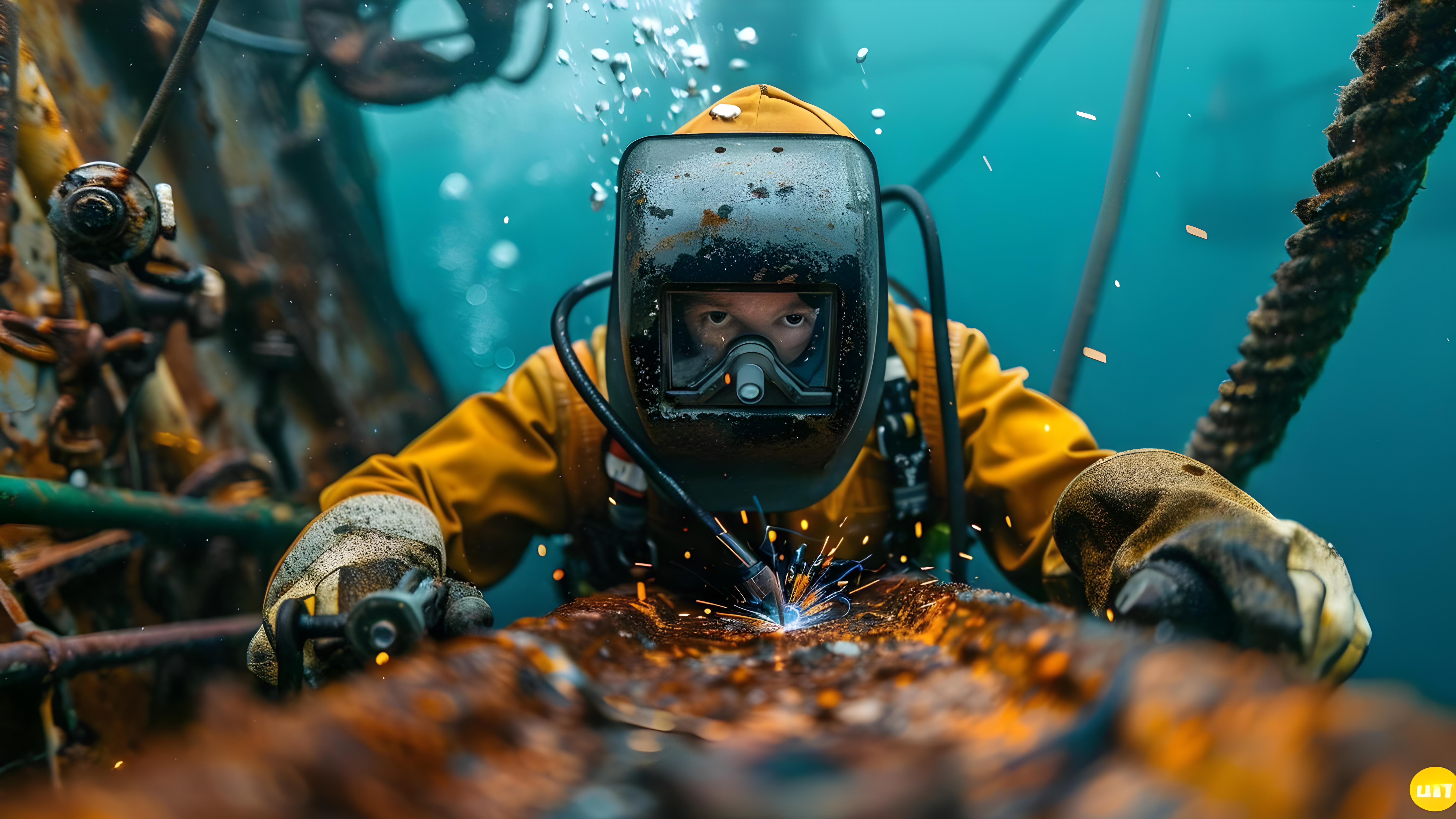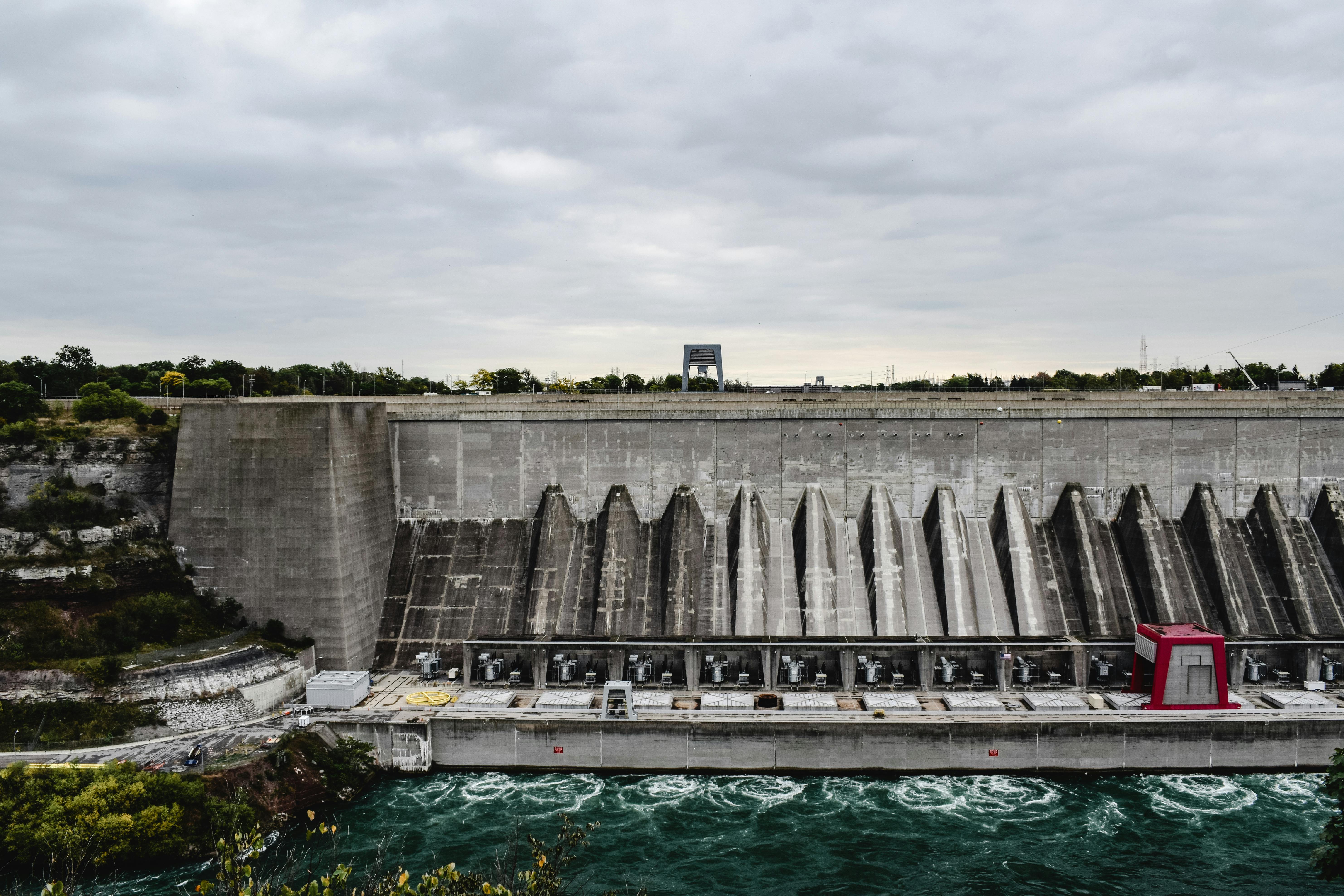
Steel Casting Solutions for Thermopower Projects
- Commercial
- August 05, 2025
What Thermopower Projects Actually Need From Steel Castings
Thermopower plants are no place for fragile parts. With nonstop heat, pressure, and wear, everything inside is under stress, and cast components are right at the center of it all. These parts need to withstand extreme temperatures and pressure swings. These need to resist corrosion from steam and chemicals. At the same time, these should hold their shape through years of thermal cycling.
Needless to say, they must fit perfectly, because “almost right” won’t cut it here.Whether it’s a coal-fired plant in the U.S. or a solar thermal setup in the Middle East, steel castings are often custom-made to match the exact specs of the system.
Some of the most common cast parts in thermopower include:
- Turbine housings
- Valve bodies and pump casings
- Bearing housings and brackets
- Boiler mounting hardware
- Pipe supports, impellers, and blades
Not Just Any Casting Will Do
In thermopower projects, there’s no room for “close enough.” A small casting defect or a slightly off fit can quickly spiral into unexpected downtime or costly damage. These systems run hot, fast, and under serious pressure.That’s why casting isn’t just about molten metal. It’s about precision, clean metallurgy, the right alloy for the job, and finishes that won’t invite corrosion. If your foundry doesn’t understand steam cycles, turbine geometry, or pressure behavior, then you are at the wrong place..
At ETC Foundry, we’ve seen how these challenges play out, and more importantly, how to avoid them. Quietly getting it right the first time is kind of our thing.
Retrofitting? Older Plants Need Smarter Casting
Many thermal power plants are decades old, with parts that haven’t been manufactured in years. So, what happens when you need a replacement for a 1980s turbine housing?
That’s where custom casting saves the day.
We’ve worked with teams that only had worn-out samples and no drawings. Using reverse engineering and 3D scanning, it’s possible to recreate a perfect-fit part. You will be glad to know that we have also sometimes improved on it.
It’s not just a repair. It’s upgrading while keeping the rest of the system intact.
The Alloy Matters More Than You Think
Not all steels going into a thermopower plant are created equal. The constant heat, pressure shifts, and steam exposure can wear down even the toughest materials if they’re not built for it. That’s where alloy selection makes all the difference. Some steels handle heat beautifully but can’t take the pressure. Others resist corrosion but struggle with thermal shock.
That’s why materials like chromium-molybdenum steel or certain stainless and nickel-based alloys are often used in these environments. They’re built to hold up when things get hot, fast, and unforgiving. And it’s not just about the alloy itself; heat treatment, cooling, and casting technique all work together to create a part that won’t crack under pressure.
The Casting Mistakes That Keep Us Up at Night
We’ve seen all types of casting mistakes. Casting problems that cause headaches for plants and foundries alike. Poor steel quality that warps under pressure, molds that aren’t quite right, so parts need on-site tweaks, and delays that stall entire projects.
These mistakes don’t just cost time. Also, they cost money and reputation. A casting supplier who doesn’t ask about your steam temperatures, pressure requirements, or turbine model is basically flying blind. Thermopower is about understanding the whole system. If your foundry isn’t paying attention to those details, you’re playing a risky game.
How the Right Foundry Makes Everything Smoother
A good foundry partnership can take a lot of stress off your plate. Clear communication, quick answers about materials and timelines, and a deep understanding of thermopower demands make all the difference. When your foundry handles in-house pattern making, rigorous quality checks, and thorough documentation, you avoid surprises down the road.
They provide solutions and guidance, helping you choose the right steel and processes for your project. It’s the kind of reliability that lets you focus on what matters.
At ETC Foundry, this isn’t just talk. It’s how we operate every day.
What Thermopower Castings Are Really Up Against
Running a thermopower plant means dealing with some of the harshest working conditions out there. We’re talking mechanical stress, extreme heat, chemical exposure, and high-pressure steam. And the cast components? They take the brunt of it.
These parts don’t get breaks. They expand and contract daily, face corrosive steam, and still have to perform with absolute reliability. If a casting fails under these conditions, it’s not just a minor hiccup; it can shut down entire systems and lead to massive downtime.
That’s why thermopower castings need to be more than tough. They need to be precisely made, smartly designed, and built to handle punishment from day one.
Custom Solutions for a Non-Standard World
No two thermopower plants are exactly alike. Different fuels, different systems, different challenges. Some are brand new, others are decades old and running on parts no one makes anymore. That’s where custom steel casting becomes critical.
Whether you're upgrading, retrofitting, or just trying to keep things running without a full system overhaul, custom castings are how you make it work without cutting corners.
FAQs on Steel Casting for Thermopower Projects
Here are answers to some of the burning questions regarding this topic
What steel grades are best for thermopower castings?
It depends on the part and its environment. But chromium-molybdenum steels, stainless alloys, and nickel-based materials are common picks for high heat and pressure.
Can you do one-off or small-batch castings?
Absolutely. Many thermopower plants need one-off replacements for older systems, and custom casting is often the most practical way to get the job done.
What’s the usual lead time for a custom-cast part?
Typically between 6 and 10 weeks, depending on complexity, tooling, and testing needs.
Can cast parts handle thermal shock and pressure swings?
Yes, if the right alloy and treatment are used. That’s why working with someone who understands thermopower makes a big difference.
Before We Go
Thermal power isn’t going away anytime soon. It’s still powering cities, industries, and millions of lives. But it runs on parts that don’t get much spotlight, like steel castings built to handle brutal conditions quietly and reliably.
Whether you're building a new unit, upgrading an old one, or trying to squeeze a few more years out of your plant, your cast parts matter.And the difference between “it works” and “it lasts” often starts with choosing people who understand that. And if you're looking for someone who speaks both metal and power plant, well... chances are, you’re already in the right place.




Share This News